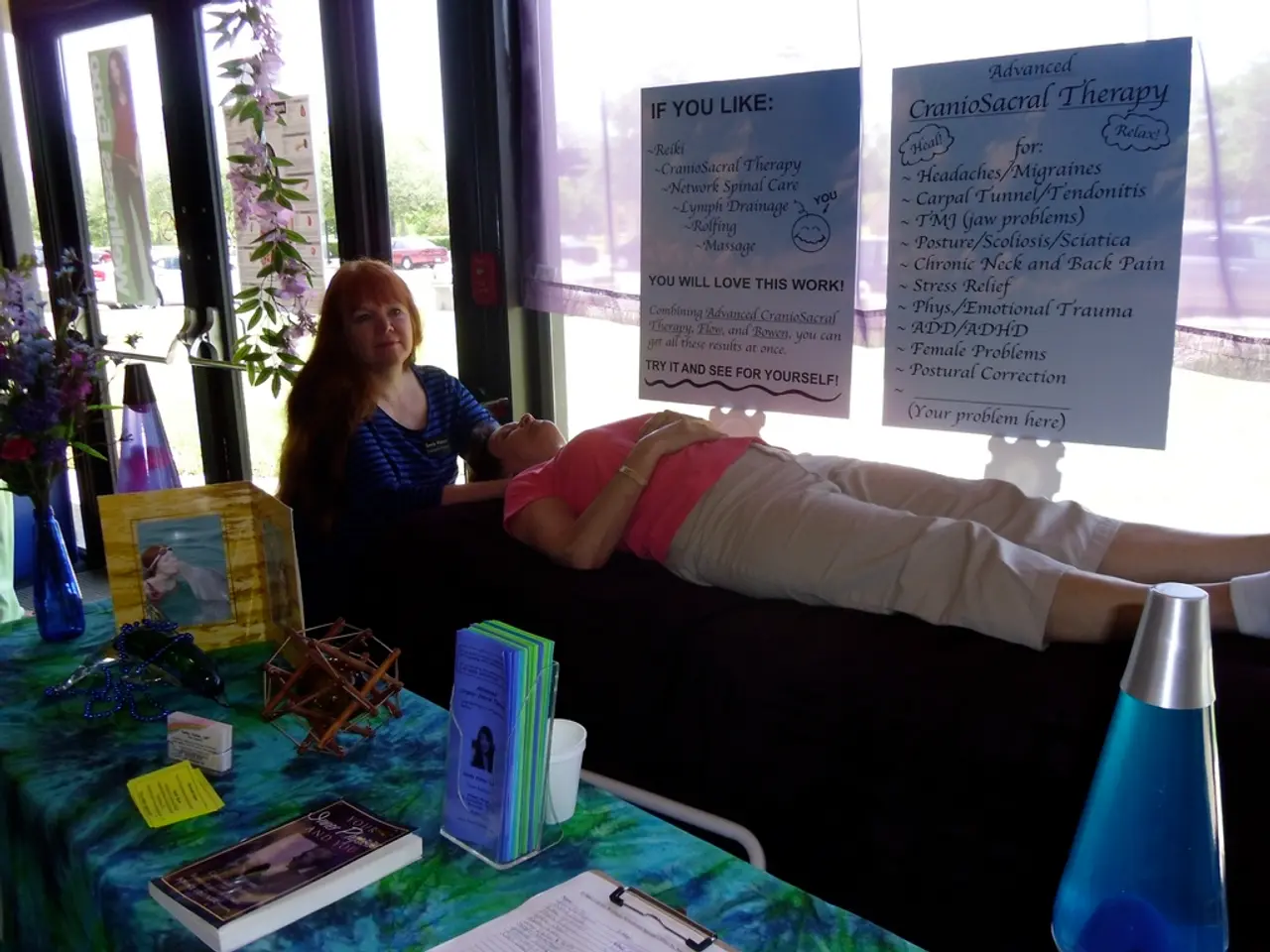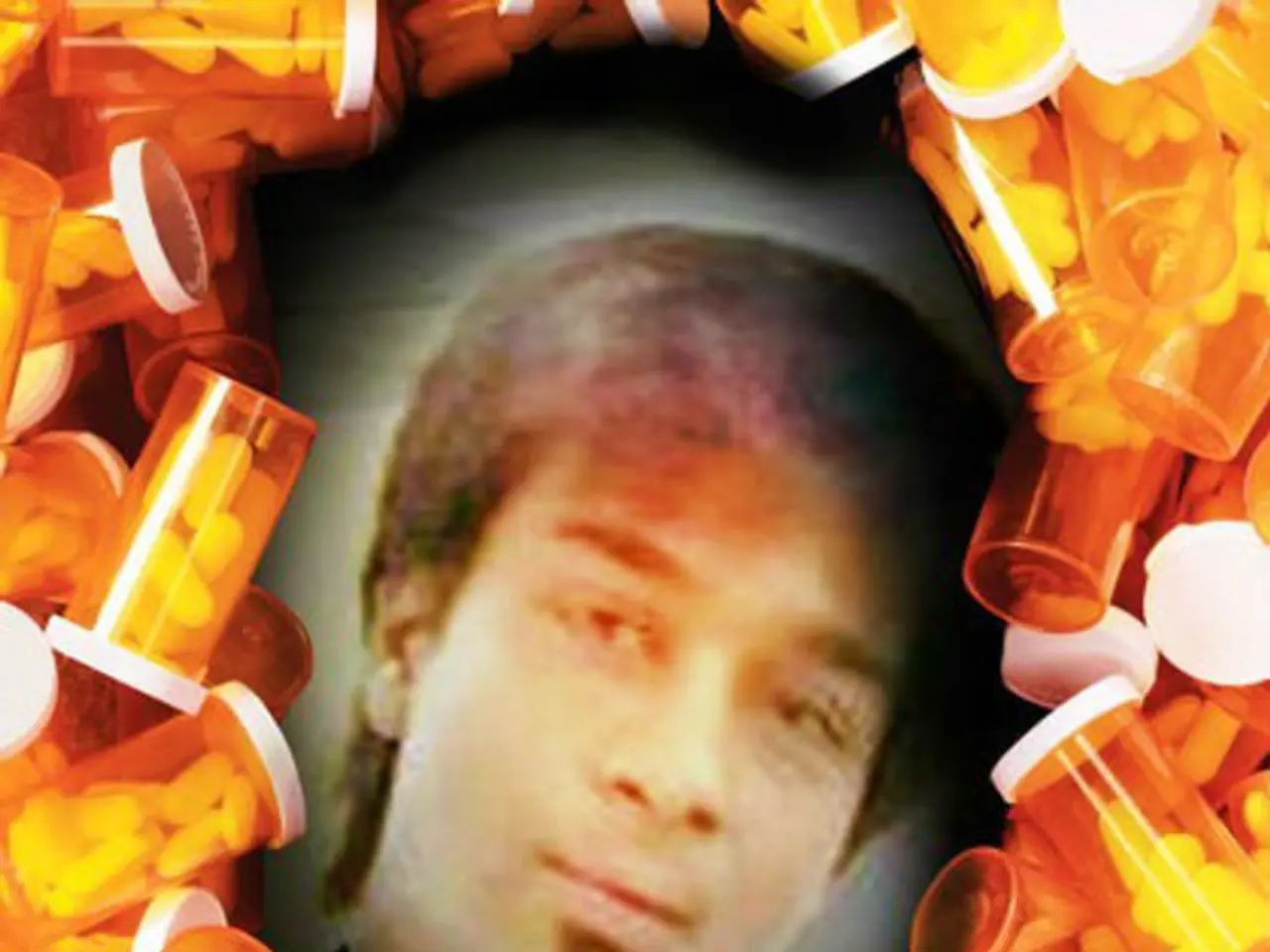Differentiating between Situational and Clinical Depression: Symptoms and Diagnostic Criteria
Situational depression, also known as an "adjustment disorder with a depressed mood," is a short-term form of depression that arises after a traumatic event or significant life change. This emotional and physical condition is triggered by stressors and can affect a person's overall well-being.
Common symptoms of situational depression include hopelessness, restlessness, anger, grief, sadness, frequent crying spells, anhedonia (inability to feel pleasure), loss of interest in activities, disrupted eating habits, insomnia, fatigue, difficulty focusing, social withdrawal, intense feelings of guilt or worthlessness, and more. These symptoms may resemble those of clinical depression but are specific reactions to a stressful event.
Treatment for situational depression typically involves psychotherapy, such as talk therapy to process the event and feelings, cognitive behavioural therapy (CBT) to reframe negative thoughts, stress management and relaxation techniques, lifestyle adjustments like regular exercise, nutritional meals, and other healthy habits, and in some cases, medication. Mild situational depression might improve without formal treatment, but seeking help from a mental health professional is essential for managing symptoms and recovery.
In contrast, clinical depression, also known as major depression or major depressive disorder, is a more chronic condition that is severe enough to interfere with daily functioning. The cause of clinical depression is unknown, but disturbances in the levels of certain chemicals known as neurotransmitters may be to blame. Clinical depression is a mood disorder as per the Diagnostic and Statistic Manual of Mental Disorders, 5th edition (DSM-5).
To get a formal diagnosis of clinical depression, a person must meet the criteria outlined in the DSM-5, showing five or more symptoms from a specific list of criteria, over a 2-week period, for most of nearly every day. In severe clinical and situational depression cases, especially if a person tries to self-harm, they may need to stay in the hospital or attend an outpatient treatment program until their symptoms improve.
Other factors that may contribute to clinical depression include genetic factors, major life events, and alcohol and drug dependence. Examples of other types of depression include postpartum and perinatal depression, persistent depressive disorder, seasonal affective disorder, and psychotic depression.
Recovery from situational depression is possible once an individual can come to terms with a new situation and may require support and treatment. A primary care physician can prescribe medication or make a referral to a mental health professional if they feel that the individual requires this level of care.
In summary, understanding situational depression is crucial for recognising its symptoms and seeking appropriate treatment. While situational depression and clinical depression share some similarities, they differ in terms of duration, severity, and potential causes. Seeking help from a mental health professional can help individuals manage symptoms and work towards recovery.
- In health-and-wellness discourse, the use of science-backed methods such as cognitive behavioral therapy (CBT) and stress management techniques is often recommended for managing symptoms of situational depression, a short-term form of depression that can stem from aq traumatic event or mdd significant life change.
- Aligning with the domain of mental health, it's essential to recognize that while situational depression shares some resemblance with clinical depression, the latter is characterized by its chronic nature, interfering severely with daily activities, and requiring more extensive treatment intervention, including possible hospitalization or outpatient programs.
- When seeking help for situational depression, consultations with a primary care physician or mental health professional are important, as they can provide support, suggest lifestyle adjustments, and make referrals for further treatment, such as medication, if necessary – all components that contribute to the overall health-and-wellness and mental-health of affected individuals.




